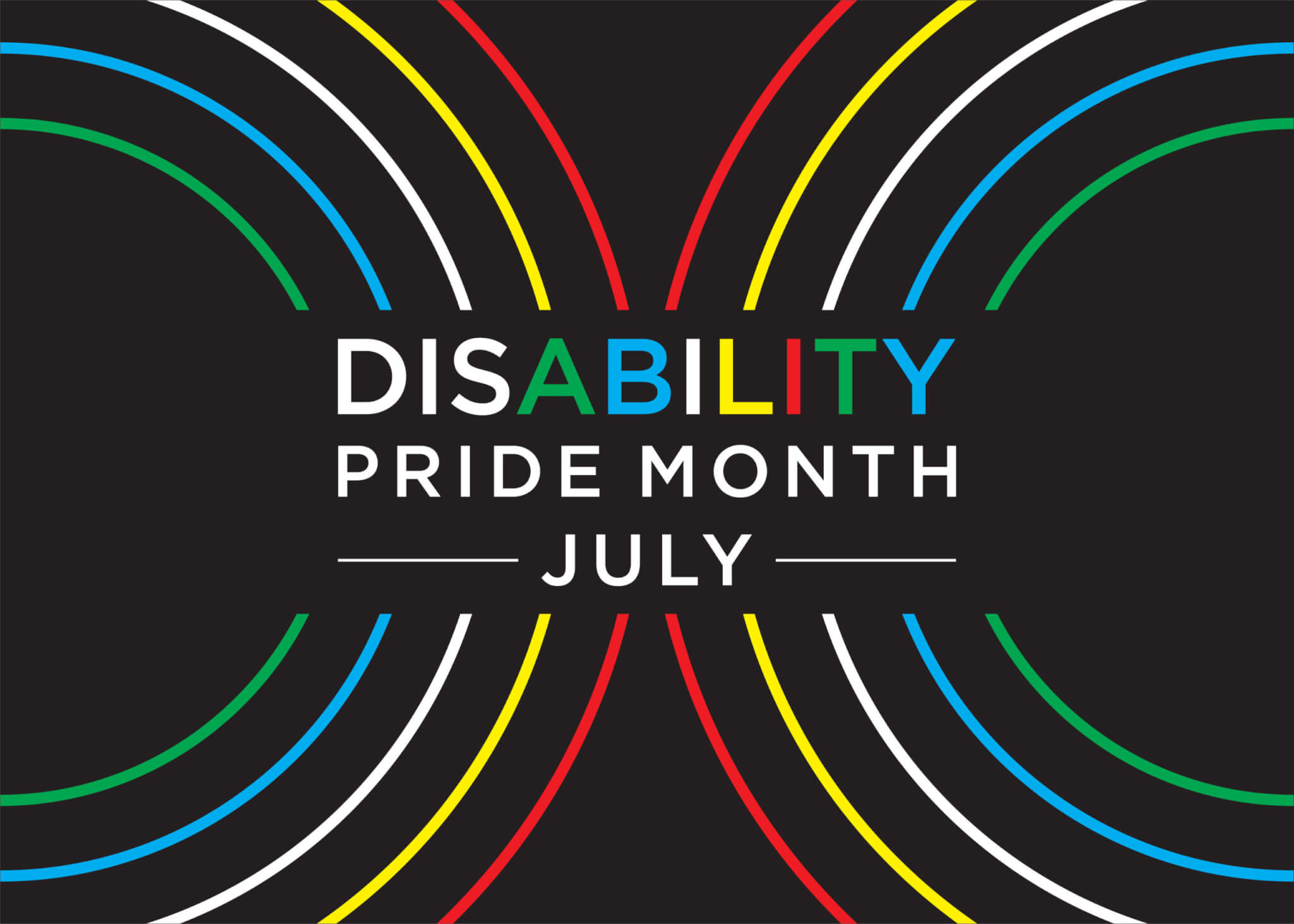
Flying the Flag for All: Celebrating Disability Pride Month
Filed Under: People with disabilities

Brett Burba
Senior Manager, Qualitative Field Services
For many US residents, the 4th of July means barbecues and cookouts, ice-cold beverages, and fireworks that thunder across the sky. Store shelves are stocked with everything red, white, and blue as a patriotic nod to the holiday.
While the current U.S. flag, a.k.a., the “Star-Spangled Banner,” may be the first flag that comes to mind in July, the Disability Pride Flag also waves proudly throughout this month (and year-round!), though you may be less familiar with it.
July is Disability Pride Month – a time to celebrate the differently-abled members of our community, and to reflect on the importance of the American Disabilities Act (ADA). In short, the ADA prohibits discrimination against people with disabilities, fostering a more inclusive and accepting environment for everyone.

Disability Pride Flag
If you’re unfamiliar with the Disability Pride Flag, that may be because it’s only five years old. It was designed in 2019 by Ann Magill, a writer with cerebral palsy. Its colors and orientation symbolize the disabled community’s various experiences:
- Red: Physical disabilities
- Gold: Cognitive and intellectual disabilities
- White: Invisible disabilities and/or undiagnosed conditions
- Blue: Mental disabilities
- Green: Sensory perception disabilities
- The aforementioned colors form a diagonal band that cuts through the darkness of the background
- Black: This background color mourns the disabled persons who have been victimized or even lost their lives due to violence, abuse, or negligence.
Magill created a symbol of pride for the disabled community, and notably, collaborated with other members within the community to improve the design in 2021, making it more accessible. Compared to the original 2019 design, the current flag features more muted colors, separates the warm and cool colors into groups, and removes the once central zigzag design to avoid triggering symptoms among those with visual disabilities.
Magill’s iterative approach to the design is noteworthy because it underscores a basic tenet of how we relate to one another. Our industry is driven by the basic need to understand an audience and to learn how best to accommodate those needs. We do that by listening, adapting, and collaborating.
Magill listened to feedback and adapted her design, creating something meaningful that everyone can display, share, and reflect on. You’ll see plenty of American Flags flying high – particularly this week – but watch out for the Disability Pride Flag, too. It may be a few centuries younger, but it knows how to soar just the same.
explore featured
Case studies
